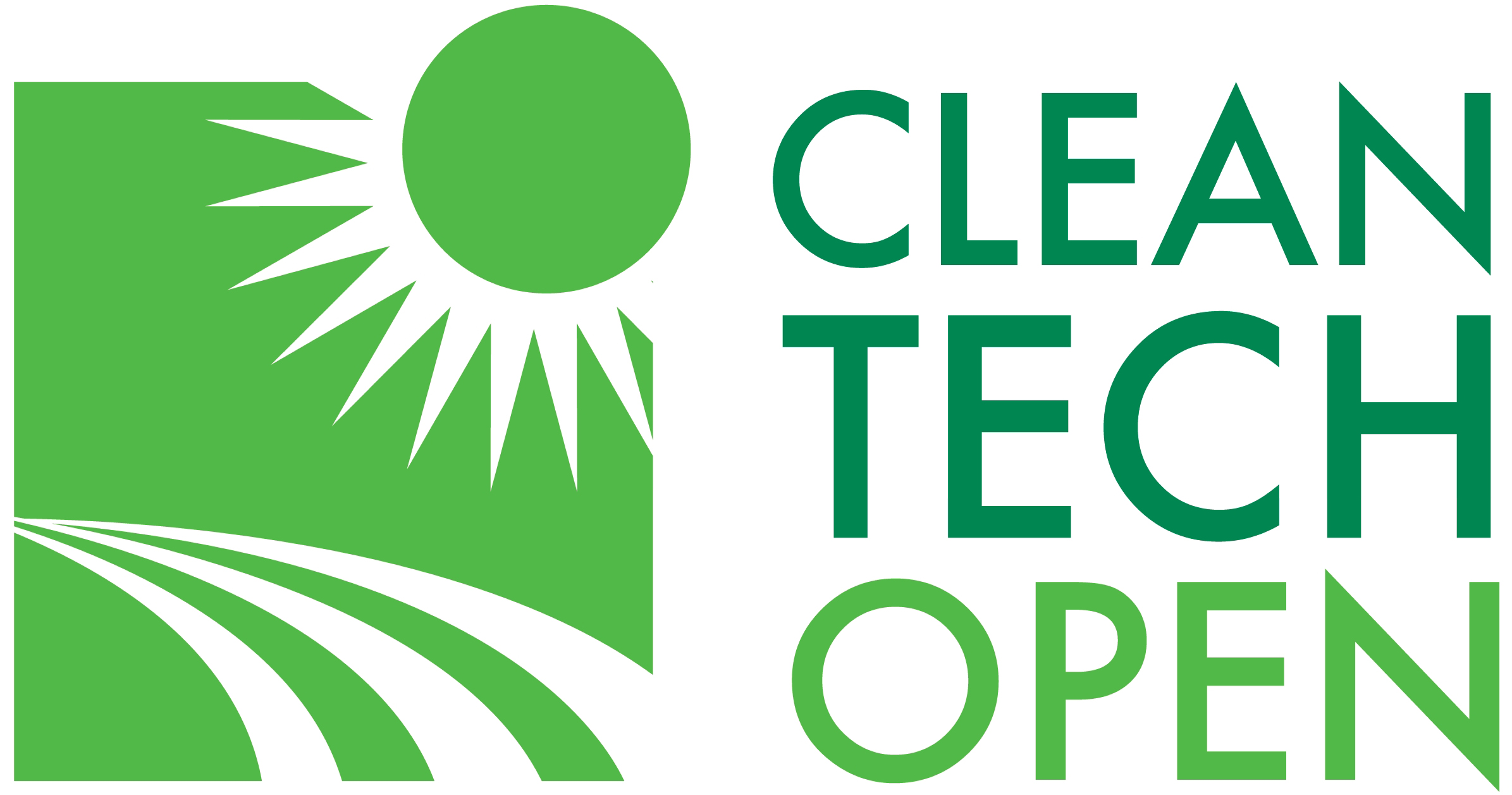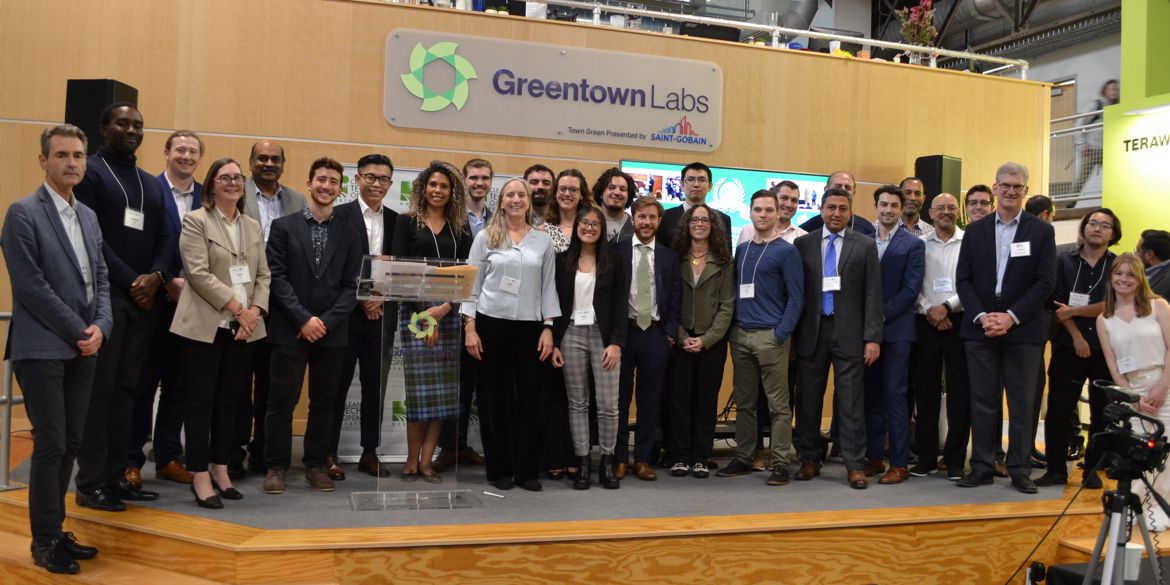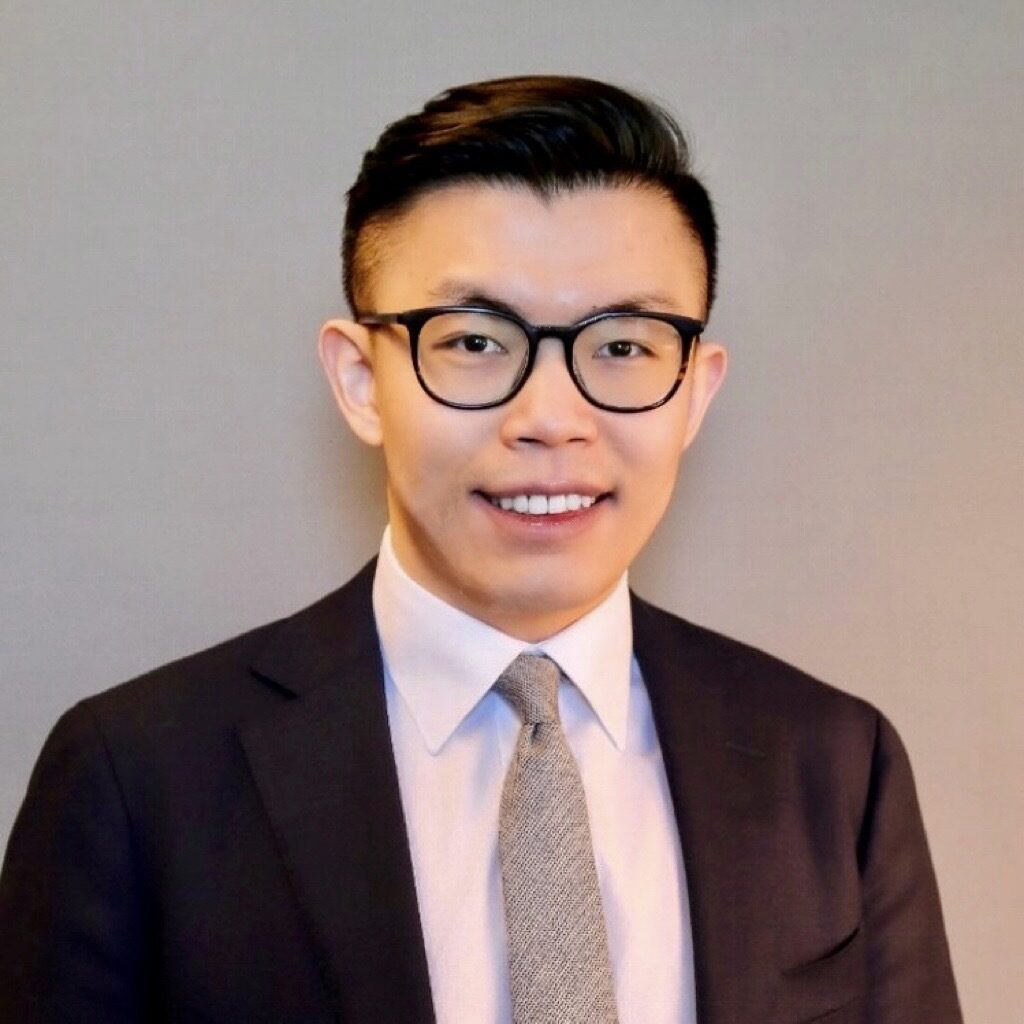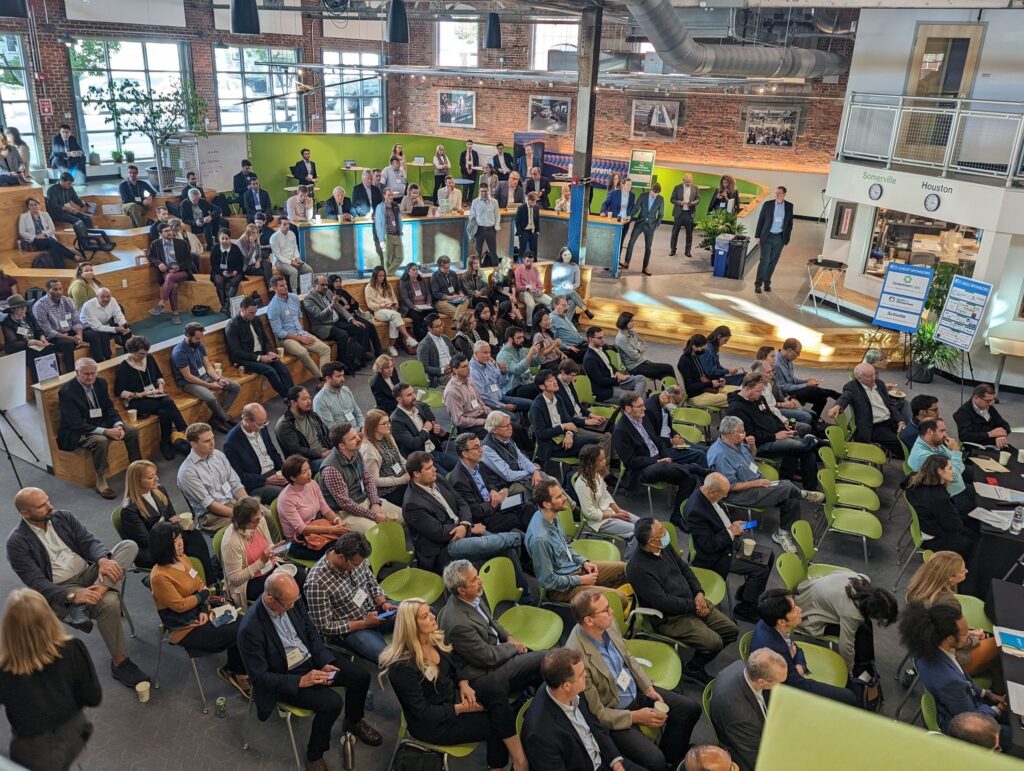Introducing Marco Ma from Relastics Company
Q: Can you introduce yourself and your company?
A: My name is Marco Ma, founder of Relastics Company, a blend of ‘realistic’ and ‘plastic.’ Our mission is to foster a circular economy balancing the environmental and economic impacts of plastic waste. Instead of asking what we can do about plastic waste, we focus on what we can do with it. Plastics were invented for good reasons: they’re affordable, malleable, durable, and have exceptional properties. We aim to leverage these attributes rather than vilify plastic.
Q: How did you come up with the idea for your startup?
A: The inception of Relastics Company stemmed from recognizing a unique opportunity in thermoplastics, which make up 80% of U.S. household plastic waste. These materials can be reshaped multiple times through the application of heat and pressure, all without significant loss of integrity. This realization led us to develop proprietary technology capable of processing these materials into a variety of products, thus fostering a true circular economy.
Our approach is designed to replacing traditional materials such as lumber in tabletops with recycled plastics, seamlessly integrating environmental and economic benefits without necessitating a compromise between the two. This innovative concept not only addresses the pressing issue of plastic waste but also proposes a sustainable and profitable solution, reflecting our commitment to environmental stewardship and economic viability.
Joining CleanTech Open
Q: What motivated you to join CleanTech Open?
A: Our decision to join the CleanTech Open in 2022 was driven by the desire for a transformative experience that could propel our startup forward. It provided valuable learning, mentorship, and helped us refine our go-to-market strategy, focusing on consumer products initially and eventually targeting the green building sector to replace high-carbon footprint materials like concrete and wood. A key achievement was our learning from NYSERDA, where we used real market data to measure our project’s environmental impact. Our findings showed that using our plastic products could significantly offset carbon emissions, proving our capability to make a profound environmental impact while generating economic value. Our team, backed by a diverse group of experts, mentors, and advisors, is poised to make a substantial difference in both environmental sustainability and economic viability.
The Application Process
Q: What was the application process like at Cleantech?
A: Our journey to CleanTech Open started as a university-incubated startup, connected through a local innovation network that referred us to the program. This connection led to conversations with CleanTech Open representatives, who provided feedback on our ideas, guiding us to make small adjustments to our approach. The application process was straightforward, not too lengthy, and involved sharing our vision and receiving insights that helped us refine our pitch.
Despite not having direct exposure to the competitiveness of the process, we were aware of the program’s high stakes. The feedback and engagement with the CleanTech Open team were crucial in navigating the application process, demonstrating the importance of community support and direct mentorship in preparing for such opportunities.
Daily Life in the CleanTech Open Program
Q: What was a typical day like in the CleanTech Open program?
A: The CleanTech Open program was surprisingly engaging and well-structured, much more than I had anticipated. Unlike the relaxed vibe of some summer workshops, this program demanded a high level of engagement. We were assigned a team of four to five mentors, requiring weekly check-ins to discuss progress and challenges. In addition to these meetings, the program featured weekly modules covering a wide range of topics from business design and modeling to financial planning and environmental offsets. It required us to complete assignments, turning it into a full-time commitment with seminars, readings, and recordings to keep up with every week.
Q: What aspects of the CleanTech Open program were most memorable for you?
A: Two elements of the CleanTech Open program particularly stood out for me. Firstly, the sense of community was remarkable. The level of ongoing engagement and support from the organizers has been invaluable, with updates and opportunities still being shared with me two years after my participation. This network has proven to be a significant asset. Secondly, the program’s focus on the environmental sector aligned perfectly with our startup’s mission, providing us with the specialized industry expertise necessary to assess and enhance our environmental impact. While many programs offer guidance on business fundamentals, CleanTech Open fills a crucial gap by helping us understand the significance of our environmental contributions, a unique benefit that has been instrumental in our development.
Reflecting on Challenges Within the CleanTech Open Program
Q: Were there any aspects of the CleanTech Open program you found lacking or wished to see improved?
A: Honestly, my experience with the CleanTech Open program was overwhelmingly positive, which is why I’m always eager to promote it whenever asked. However, if there was one area that posed a challenge, it would be the reliance on virtual interactions due to the pandemic’s lingering effects in 2022. Much of our communication and collaboration occurred over Zoom, which, while effective, meant that we initially missed out on deeper, more personal connections with our cohort. This limitation slightly delayed discovering potential synergies with other startups. For instance, towards the end of the program, we connected with a startup developing an AI solution for sorting plastics, which aligned perfectly with our needs. Meeting them earlier could have fostered a fruitful collaboration sooner. Despite this, I wouldn’t categorize the online component as limiting; it was just a factor of timing. Ultimately, the program was still incredibly valuable, and we made the connections we needed, albeit later than we might have preferred.
Relastics’ Progress Post-Accelerator
Q: What’s the current status of Relastics post-accelerator, and how has the program influenced your success?
A: Since completing the accelerator, Relastics has been careful with our fundraising, especially given the recent challenges in ESG and tech funding. However, we remain optimistic about future prospects. Our affiliation with a university incubator provides us with access to essential resources, allowing us to focus on prototype testing and securing commitments from clients before pursuing more substantial funding rounds. This strategy enables us to aim for economies of scale right from the start.
Regarding the impact of the CleanTech Open, it has been significant. The program’s mentorship and resources have been crucial to our progress and success so far, helping us navigate the early stages of our venture and setting a solid foundation for our growth strategy.
Advice for Aspiring Accelerator Applicants
Q: Do you have any advice for those considering applying to CleanTech or other accelerators?
A: My key piece of advice for anyone looking to apply to CleanTech Open or similar accelerators is to have a clear understanding of your target market. It’s crucial to identify not just what you’re selling, but more importantly, who you are selling to. Understanding the distinction between the end user and the purchaser is vital. For example, if your company sells solar panels, the buyers can be homeowners, apartment building owners, city councils, or energy companies, tailoring your pitch to address the specific needs and perspectives of your actual buyer will significantly strengthen your application and overall strategy.



